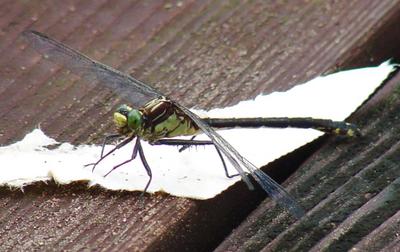The two types of native hydrangeas were growing side by side.
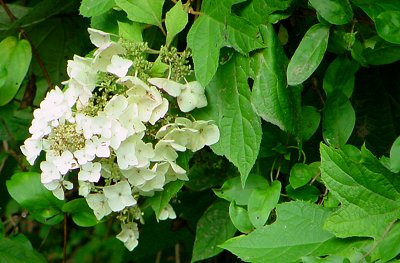 Oakleaf hyrangea
Oakleaf hyrangea (
Hydrangea quercifolia)
 Smooth hydrangea
Smooth hydrangea (
Hydrangea arborescens), with
Flower long-horn beetles (
Typocerus velutina)
Every Smooth hydrangea I saw a had pair of those doing that.
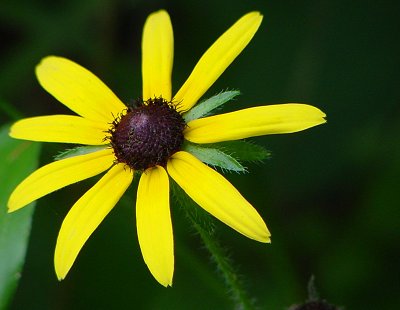 Black-Eyed Susans
Black-Eyed Susans (
Rudbeckia hirta) are the favorite flower of my sister-in-law, who was kind enough to wait with me while the guys disappeared into the distance up ahead. (As I mentioned
yesterday, they don't understand that you can't take pictures while walking.)
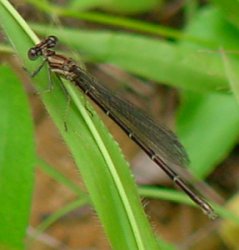
My sharp-eyed nephew, on leave from the Army, spotted this damselfly. It looks a bit like a female
Powdered Dancer (
Argia moesta), but I'm not sure since it's so nondescript. This is the only photo I managed before it scooted away.
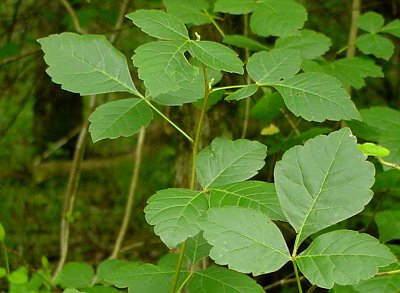
While looking up the latin name of
Fragrant Sumac (it's
Rhus aromatica), I was surprised to find so many references to the stinkiness of the crushed leaves. I find that the young leaves have a very pleasant scent!
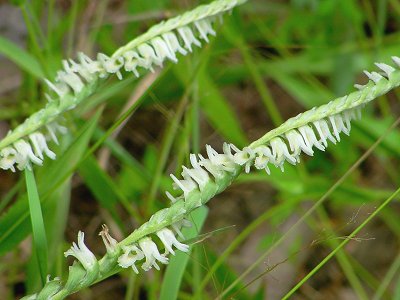
Ladies tresses (
Spiranthes sp.), a member of the orchid family. Unfortunately these are leaning over after my brother-in-law stepped on them. (I think we need to supervise him more closely on future walks.)
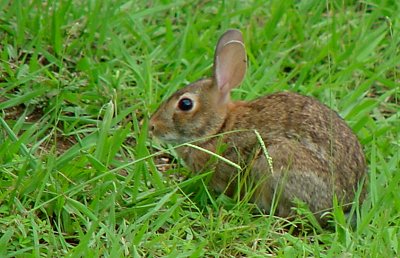
When we got back we spied an
Eastern cottontail (
Sylvilagus floridanus) in the yard.
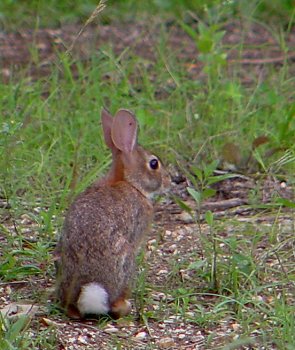
I wonder if this is the one who ate my lettuce.
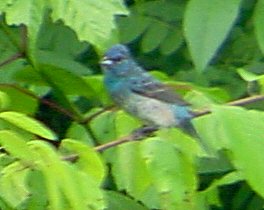
I also got a shot of an
Indigo bunting (
Passerina cyanea), but not very close, hence the blurry quality.
While trying to figure out which bugs were on the hydrangeas, I came across this very helpful page:
Insect Visitors of Illinois Wildflowers. A great way to jump-start bug identifications, even if you don't live in Illinois.

















